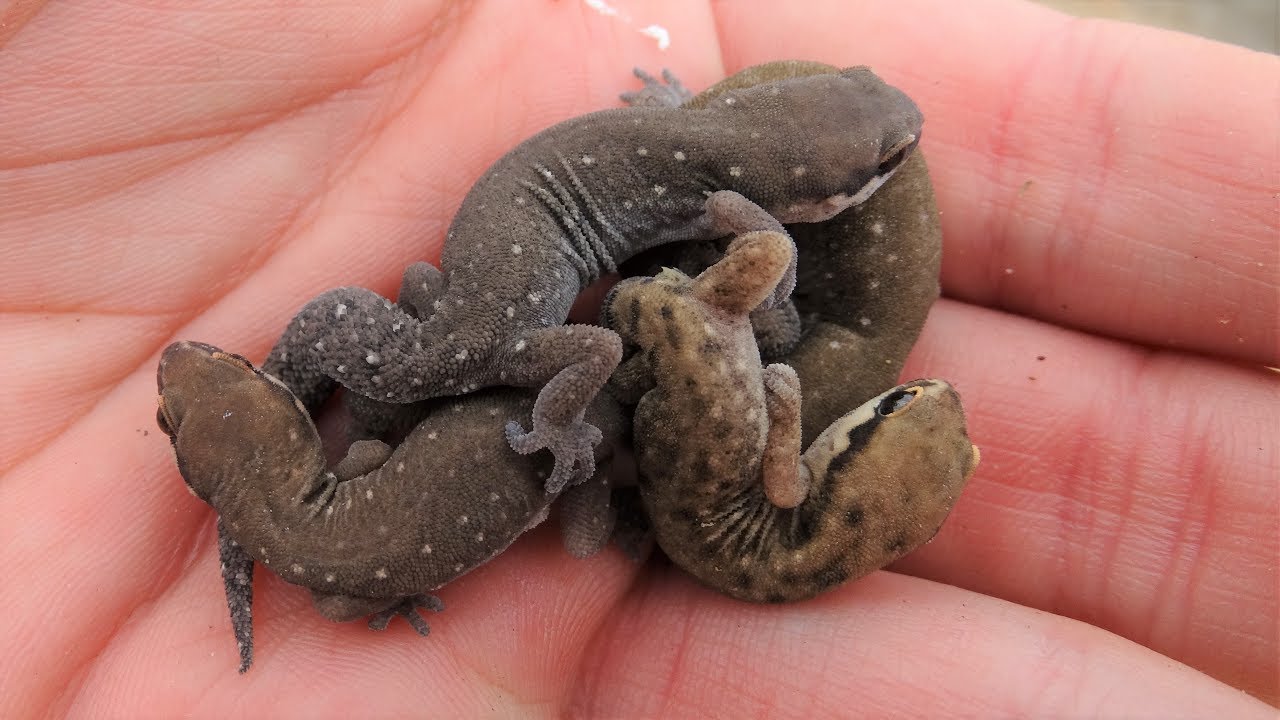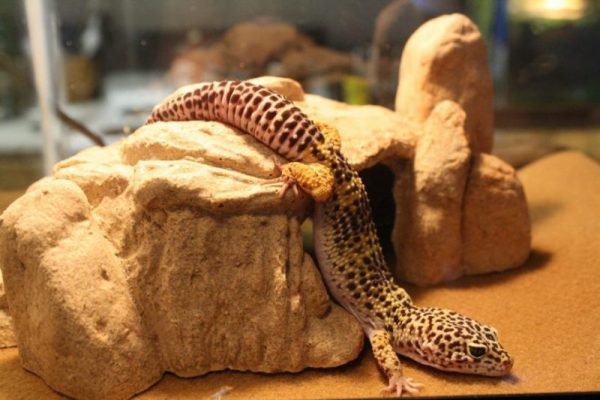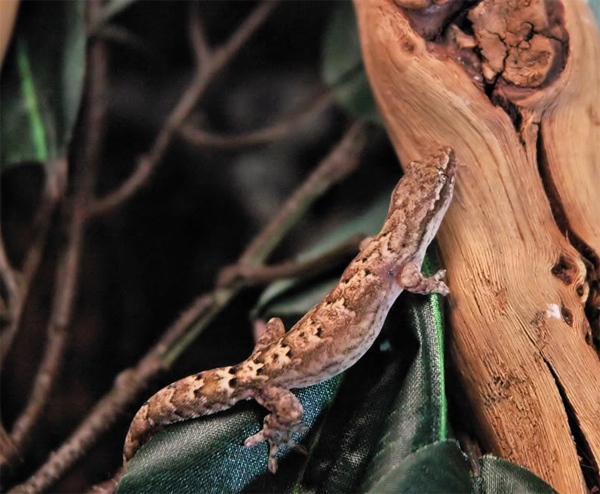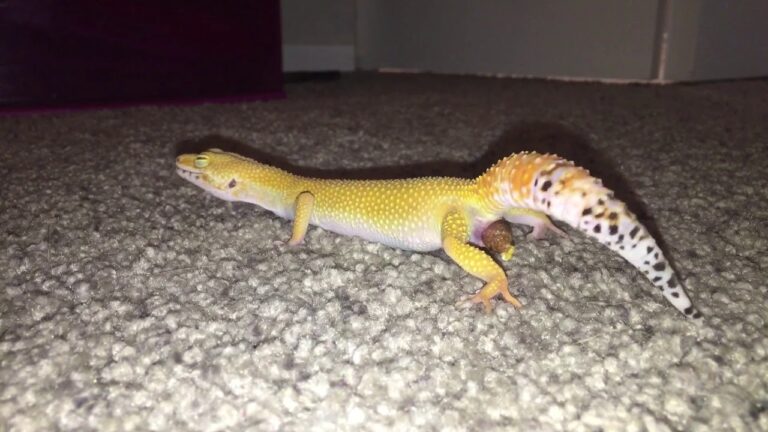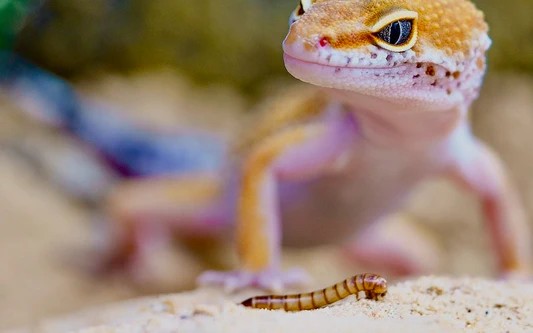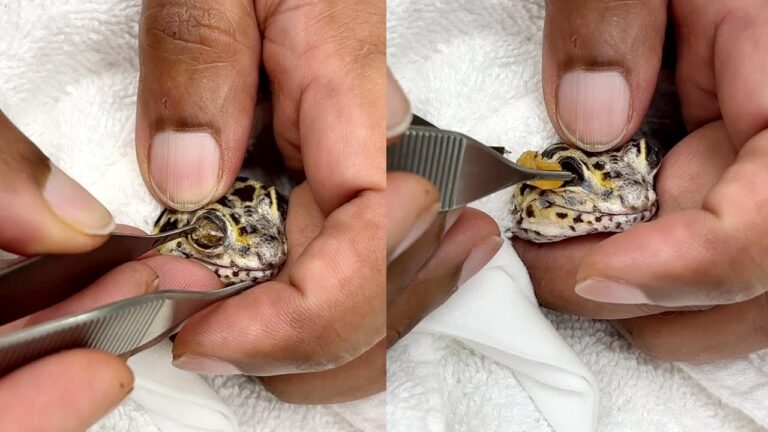How To Catch A Gecko? A Thrilling Journey Of Discovery
Have you ever been curious about how to catch a gecko? I certainly was. Those little reptiles with their lightning-fast moves seemed like mysterious creatures, always just out of reach. One warm evening, in a tropical paradise, I decided it was time to embark on a gecko-catching adventure.
The sun was setting, casting a warm, golden hue over the lush jungle. As day turned into night, the atmosphere brimmed with excitement. Armed with some basic knowledge and a heart full of anticipation, I set out to learn the art of gecko catching.
I’ve explored three distinct methods: the Swift Net Method, the Gentle Hands-On Approach, and Guiding with a Stick.
Join me as we dive into the world of gecko catching together. Let’s begin our journey.
How to Catch a Loose Gecko in the House?
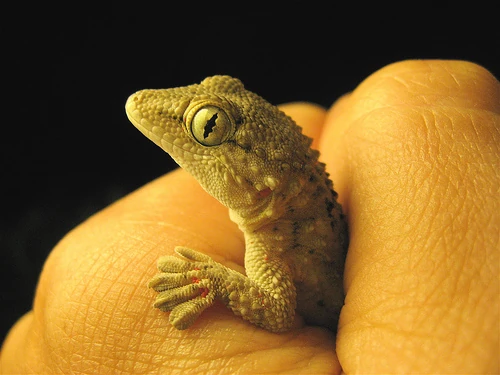
Craft a Tempting Humid Haven
Geckos are naturally drawn to warm, humid environments, and you can replicate this tropical allure with a simple trap. Start by cutting small holes in three of the four faces of a shoebox. Then, saturate several sheets of paper towel with warm to hot tap water and line the floor of the box with these moist towels. Place the box against a quiet wall in your home, away from disturbances. Keep a close eye on your trap, checking it at least once every hour. If no gecko appears, don’t be discouraged; we have more tricks up our sleeves.
Set Up the Perfect Pitfall Trap
For those looking to capture geckos outdoors, a pitfall trap is a strategic choice. Begin by digging a hole in the ground, with a depth equal to the height of a bucket. To maximize your success, create several in-ground holes. Inside each bucket, place a wet sponge to prevent captured geckos from drying out. Once submerged in the ground, cover the bucket’s opening with a piece of netting or fine mesh. This covering should be large enough to entirely seal the bucket’s mouth while preventing geckos from escaping. Regularly check the buckets every few hours, and consider using bait to enhance your chances of catching a gecko.
Master the Art of Funnel Traps
Funnel traps offer a versatile and effective way to catch geckos, whether indoors or outdoors. Start by cutting mesh hardware cloth into 18-inch wide sections. Roll each section into a cylinder shape, securing it with zip ties, rubber bands, or twine. Create smaller funnels with narrow openings, approximately two inches in diameter, and insert them into each end of the cylinder, ensuring the narrow points are inside the tube. To prevent geckos from escaping, carefully cut flaps into the mesh hardware cloth hanging over the openings. Place a wet sponge inside each funnel trap to keep geckos hydrated, especially in outdoor setups where shade is crucial to prevent overheating. To make your trap even more irresistible, leave a couple of small insects, like crickets, inside as tempting bait.
How to Catch a Gecko: Top Idea
1. The Swift Net Method
For a safe and efficient catch, employing a long net is the way to go. This method allows you to capture the gecko from a significant distance, minimizing the risk of startling it. Here’s how to do it
- Hover the net slightly above the gecko.
- Center the net’s rim around the gecko’s location.
- Swiftly drop the net, ensuring it covers the gecko entirely.
- Hold the rim of the net down against the ground or wall to secure the gecko once trapped.
2. Gentle Hands-On Approach
If you prefer a more direct interaction with the gecko, using your hands can be effective. However, it’s crucial to wear thick gloves if there’s a risk of a bite. Follow these steps:
- Cup your hands together, creating a hollow tube.
- Hover your cupped hands slightly above the gecko.
- Drop your cupped hands over the gecko, making sure it can’t escape.
- Keep your hands flat against the ground, with tightly knit fingers to prevent the gecko from slipping out.
3. Guiding with a Stick
Sometimes, a subtle nudge in the right direction is all you need to catch a gecko safely. Here’s how to use a stick for guidance:
- Gently lower the stick slightly behind the gecko.
- As the gecko moves, continue to guide it in the desired direction.
- Be cautious not to harm the gecko; the stick should never touch the lizard.
- Use the stick solely to steer the gecko toward a net or someone with open hands
In the end, Each of these methods offers a unique approach to gecko catching. Your choice depends on your comfort level and the specific circumstances. Remember, patience and care are essential in ensuring both your safety and the well-being of these remarkable creatures.
Roadmap to Successful Gecko Hunting
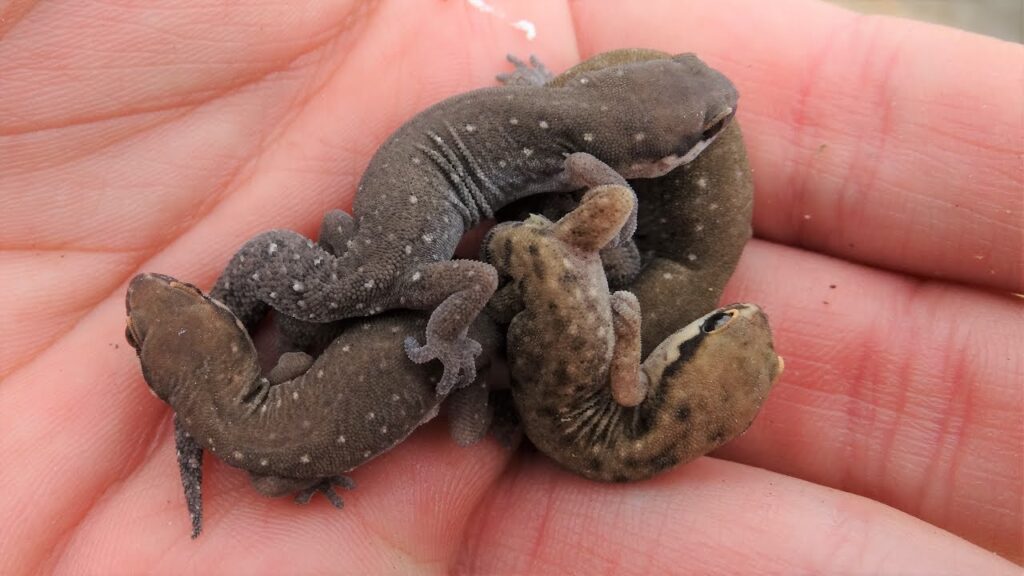
Before embarking on your gecko-catching adventure, it’s crucial to understand the habits and habitats of. Let’s explore the key factors to consider when finding a gecko.
Timing Is Everything
They are known for their nocturnal behavior, which means they are most active during the night. This behavior allows them to hunt for insects while avoiding the scorching daytime desert temperatures.
However, there are exceptions. Some geckos, like those from the Phelsuma genus, are diurnal, or active during the day, earning them the title of “day geckos.” Knowing whether the gecko you’re after is a night owl or a sun seeker will determine your approach:
- Nocturnal Geckos: If you’re hunting nocturnal like the Tokay or leopard gecko, plan your search during the evening or night when they are most active.
- Diurnal Geckos: For day geckos like those from the Phelsuma genus, daytime is the ideal time to spot them.
The Right Spots to Search
To locate a gecko, understanding its preferred hiding spots is invaluable. They often seek sheltered, warm places to rest and sleep. In the wild, this can mean hiding under tree bark, in natural crevices, or beneath larger objects. When searching in your yard or surroundings, consider these places:
- Outdoor Search: Look under loose tree bark, lift fallen tree branches, and check natural crevices in rocks or structures.
- Indoor Search: If you’re hunting indoors, they may seek warmth, making spots near heat-emitting appliances like refrigerators a prime hiding place.
Temperature Matters
In addition, they are cold-blooded creatures, meaning they rely on external temperatures to regulate their body heat. If you’re trying to find a them within your home, consider that they may seek out warmer locations, especially if your home is air-conditioned. Keep this in mind as you search, focusing on areas where warmth is more readily available.
Legal Considerations
Before you set out to capture a gecko, it’s crucial to be aware of the legalities surrounding the keeping of wild geckos as pets. Laws governing the capture and ownership of wild animals, including geckos, can vary significantly from one region to another.
Also, to ensure you’re in compliance with local regulations, consult your local Department of Agriculture, the office of disease control, or contact your regional government authorities.
FAQs
What is geckos weakness?
Geckos have vulnerabilities like any other creature, including sensitivity to temperature extremes and potential predators. They are also territorial and may feel threatened by other geckos, also soaked surface, wet feet.
How do you get a gecko out of hiding?
Gently coaxing a gecko out of hiding can be done by creating a warm, humid environment, offering a hiding place, or using food as bait. Patience is key.
How do you catch a lizard or gecko?
Catching a gecko can be done using various methods, such as a net, gentle hands, or guiding with a stick. It depends on the gecko’s behavior and your preference.
Can geckos bite?
Yes, geckos can bite if they feel threatened or cornered. However, their bites are usually not harmful to humans and are more of a defense mechanism.
What are geckos afraid of?
Geckos are generally wary of predators, including birds and larger reptiles, also egg shels, They may also be cautious around sudden movements or loud noises.
Final Words
In my pursuit of catching geckos, the Swift Net Method taught me precision and speed, allowing for efficient captures from a distance. With the Gentle Hands-On Approach, I experienced an intimate connection with geckos, carefully cupping them in my hands. Lastly, Guiding with a Stick taught me patience and gentle guidance, without direct contact.
Moreover, each technique has its unique charm and practicality, contributing to a well-rounded understanding of gecko catching. Throughout this journey, I’ve grown to appreciate not only the thrill of capturing them but also the importance of respecting their natural habitats and legal regulations.

